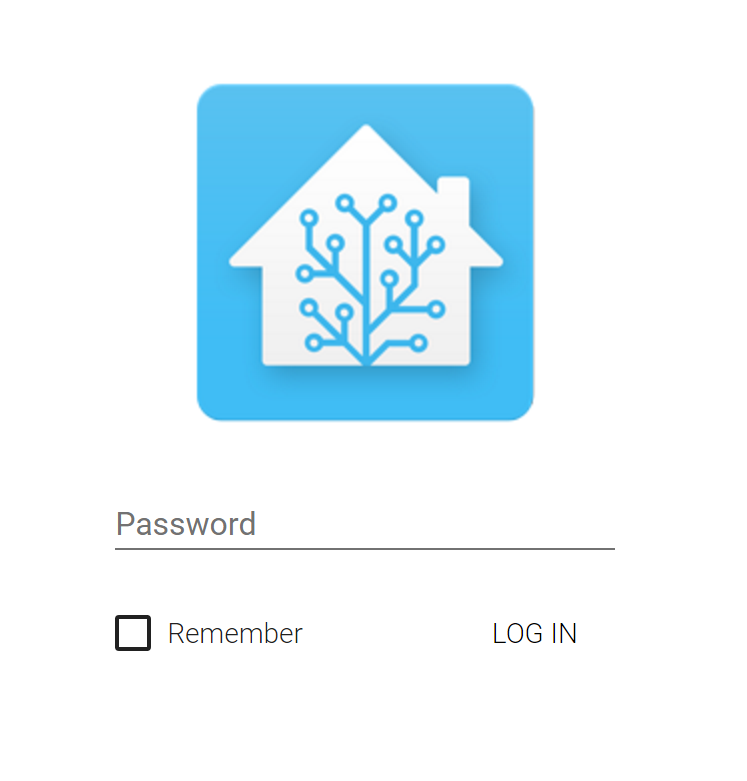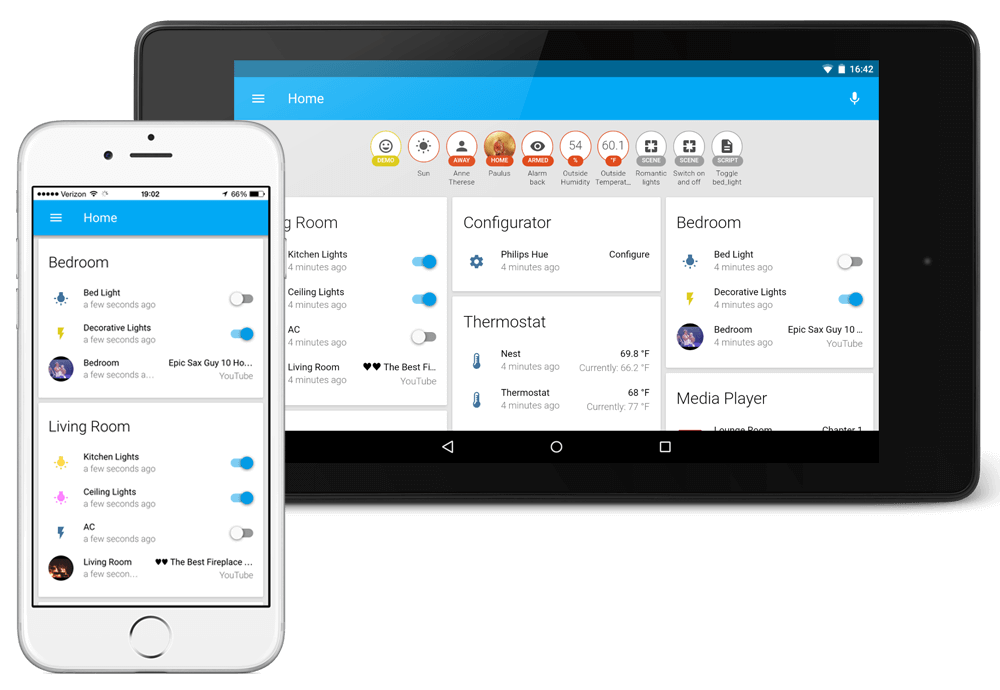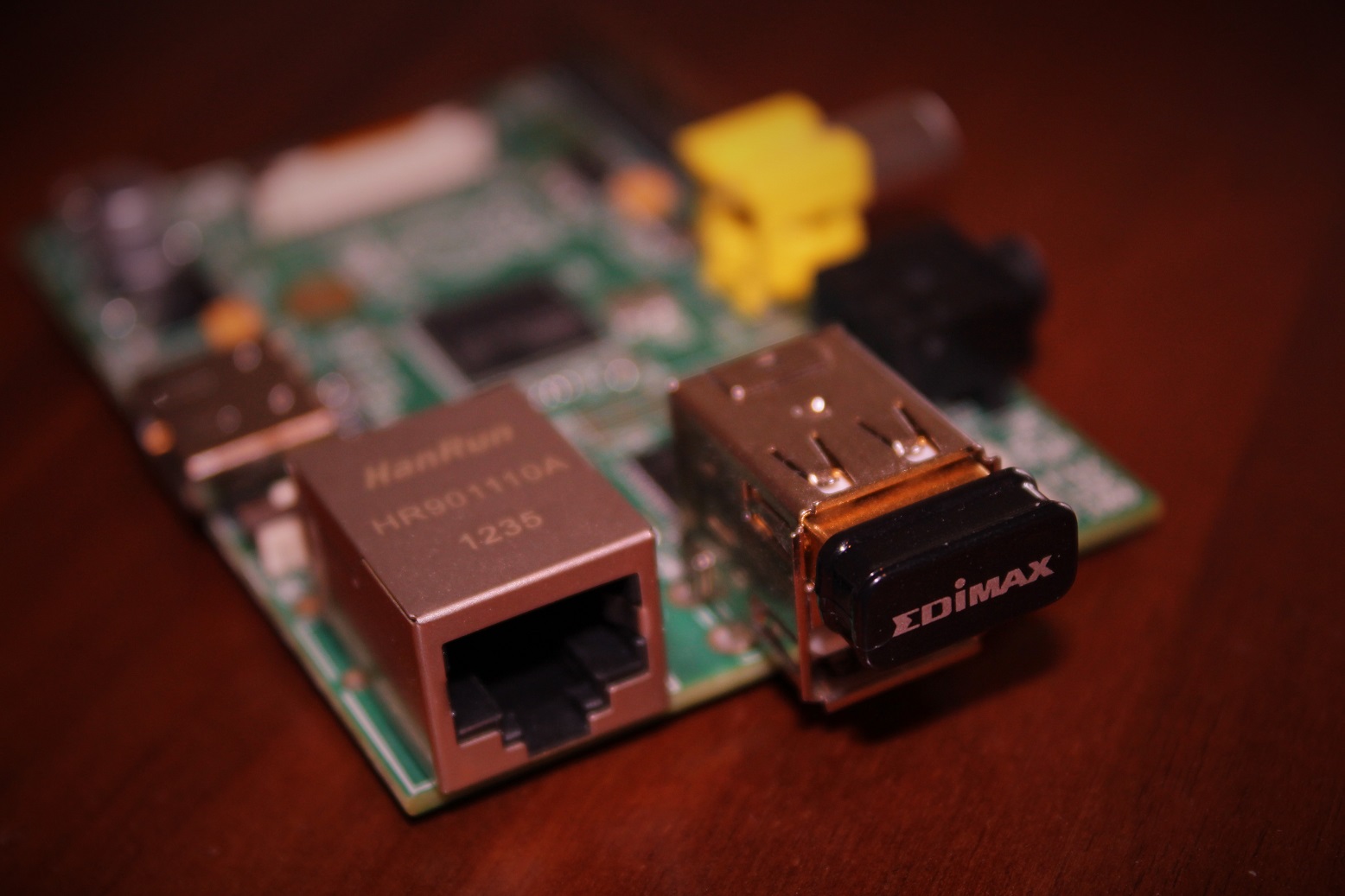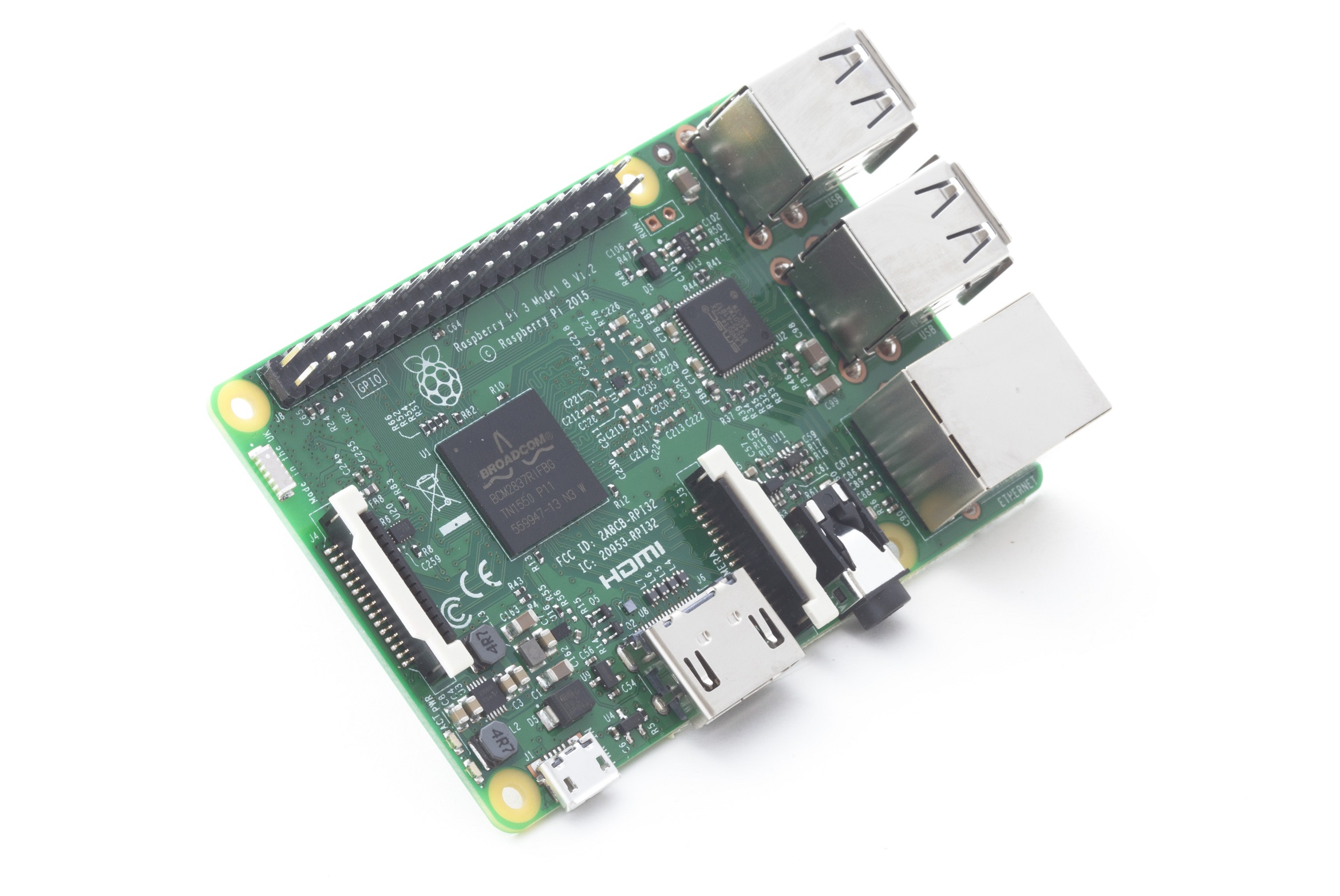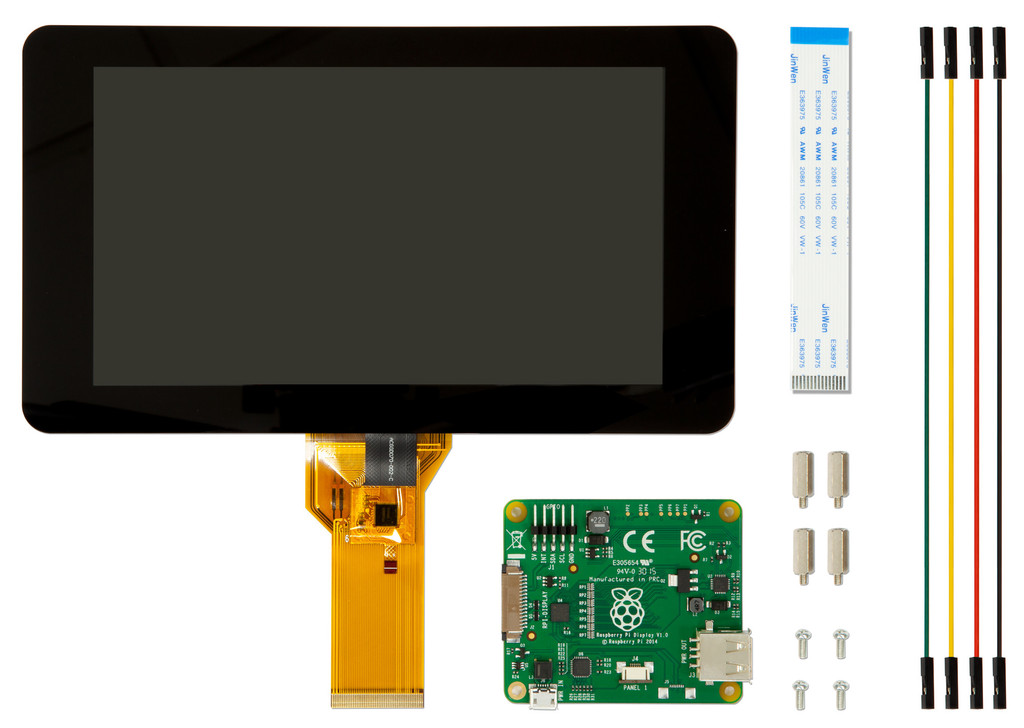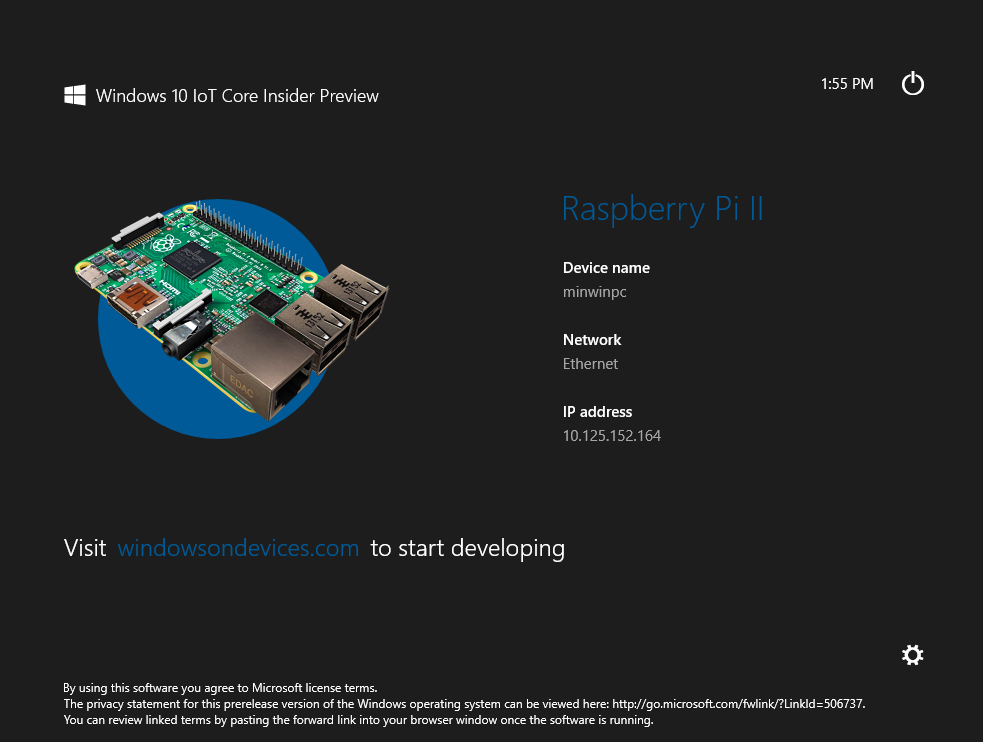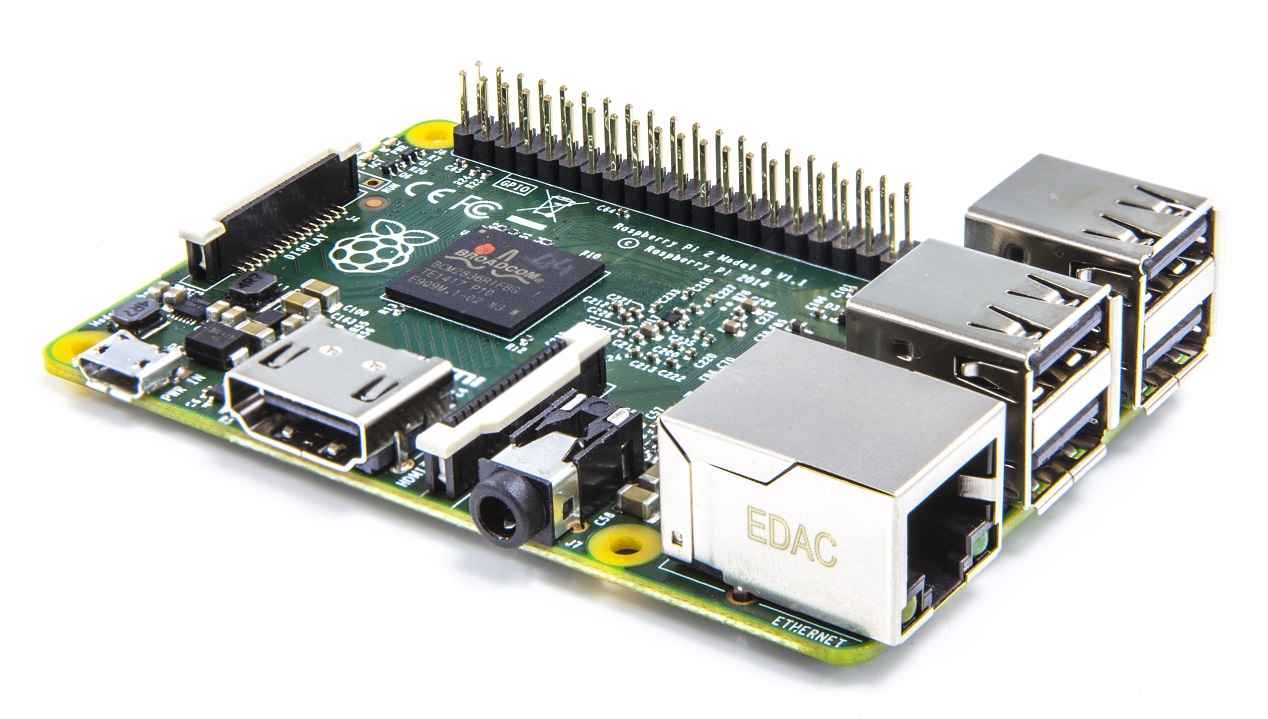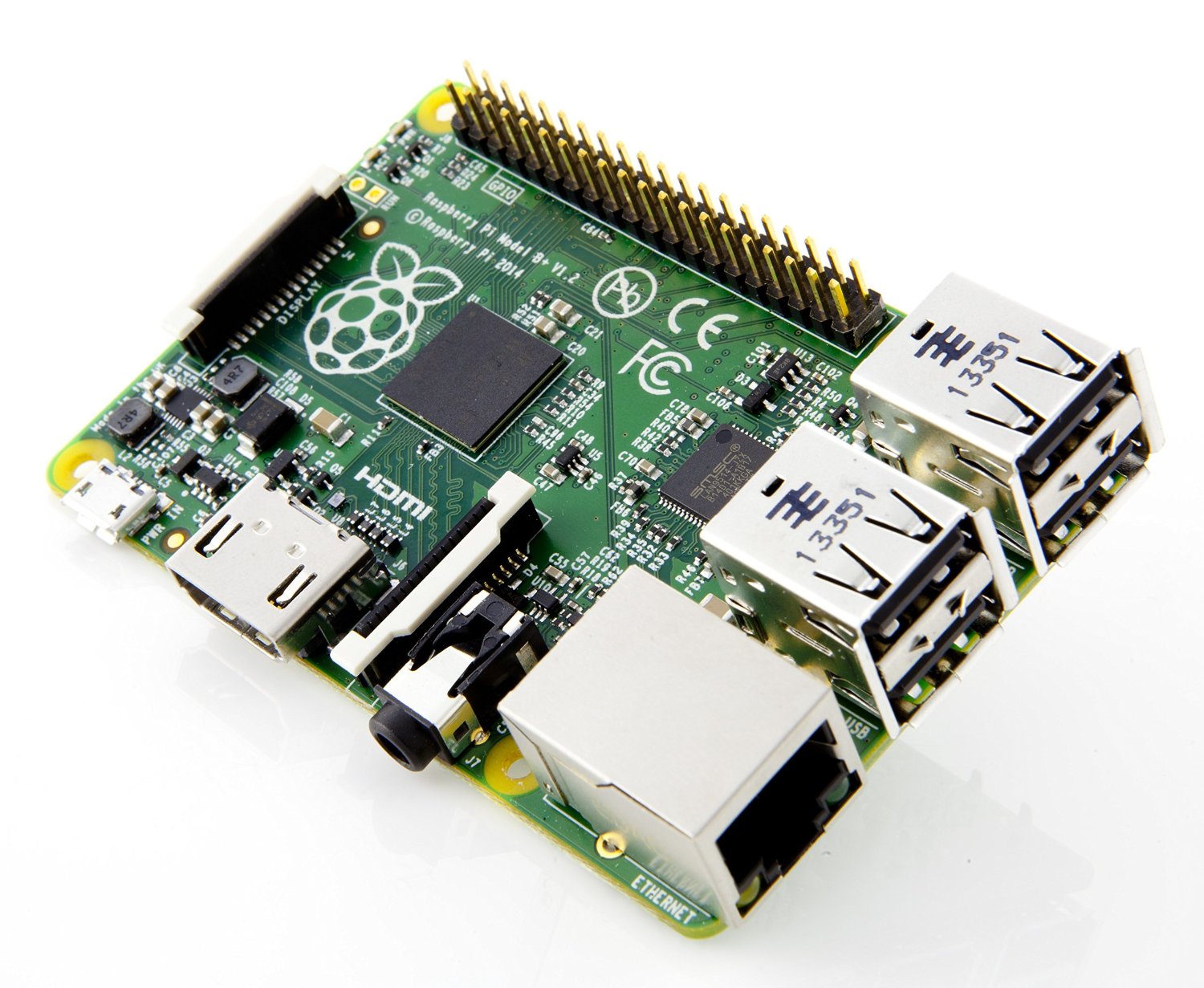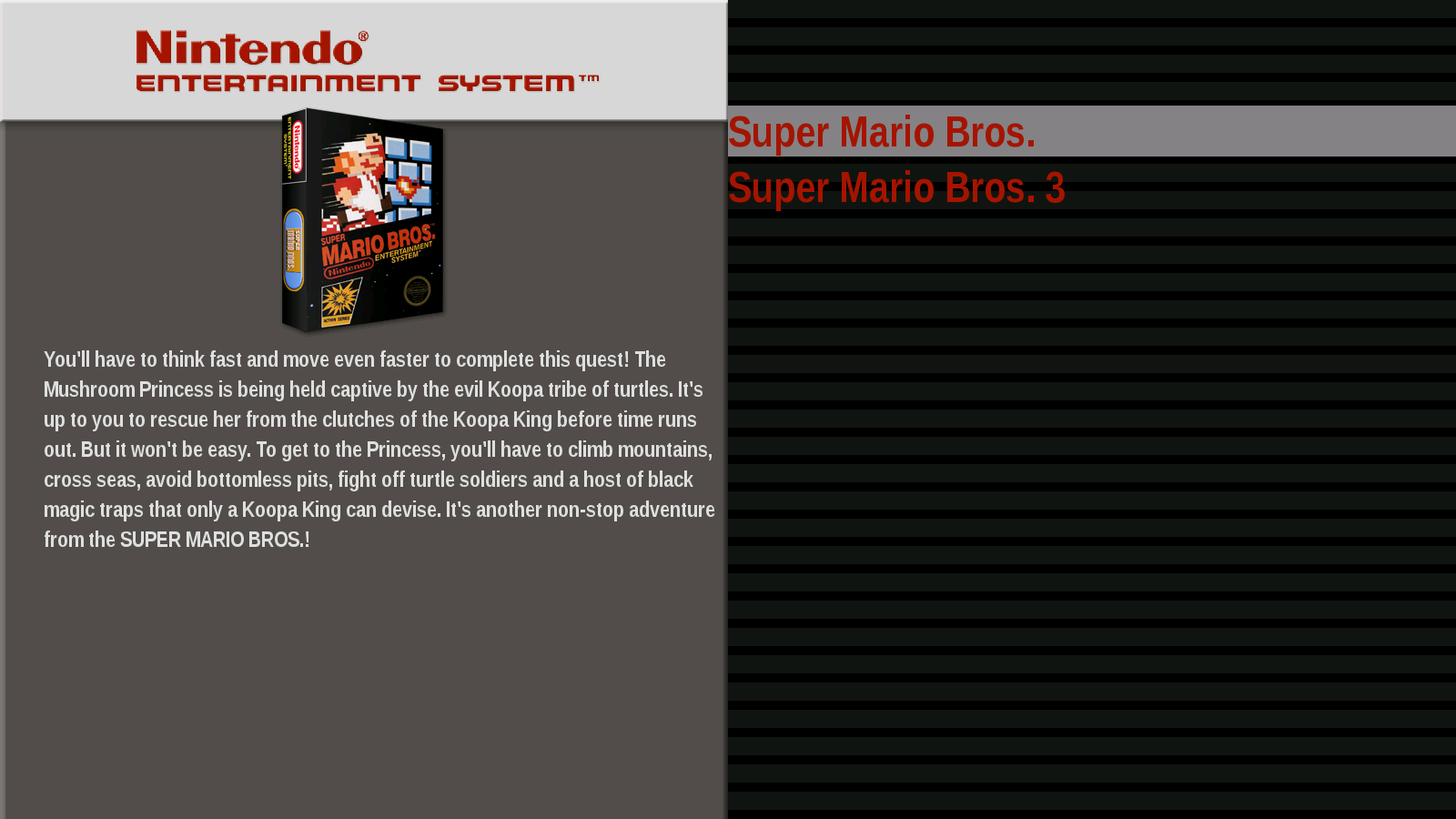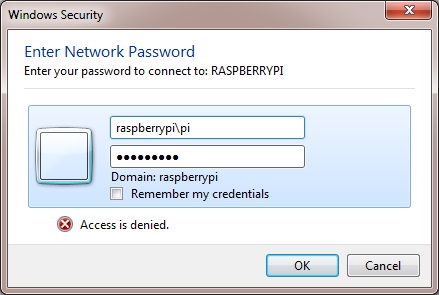Advanced
How to access your Raspberry Pi Home Assistant Smart Home Hub from outside your home
In the How to: Create a Z-Wave Smart Home hub using a Raspberry Pi post we walked through how to setup the Raspberry Pi as a Smart Home hub that will enable you to control your lights and other Z-Wave enabled devices using a phone or a browser on your local network. One of the key features of a smart home is to be able to access your home from outside your home. This post will walk you through setting up your Home Assistant smart home hub for remote access. (more…)
